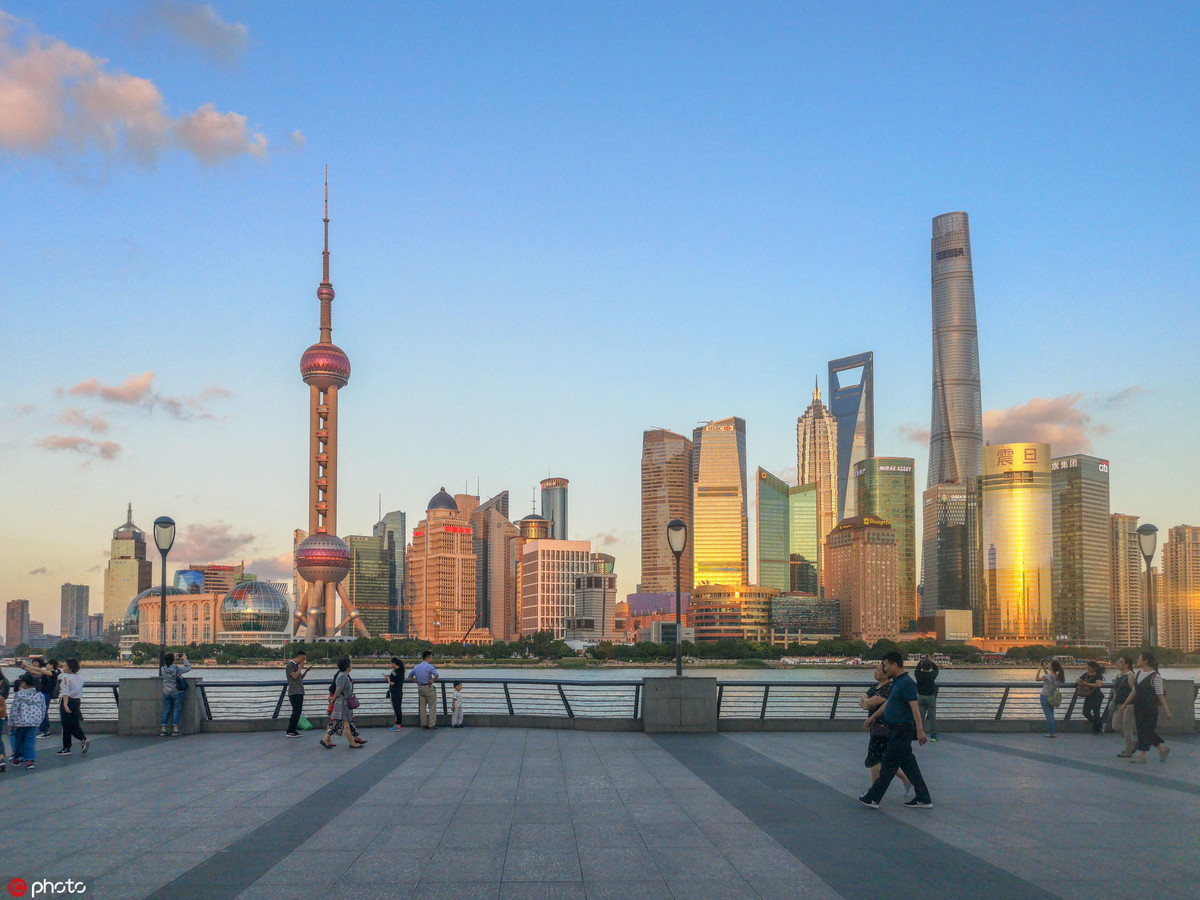Higher-level opening-up to prosperity
By Chi Fulin | China Daily | Updated: 2019-11-12 08:06

The world is undergoing profound changes. As a large country in economic transition, how China sees the world, how its development integrates with the world's development, how the world sees China and how China and other countries jointly build an open world economy are major issues of concern. A recent forum with the theme "China and the World in the Context of Profound Changes" held in-depth discussions on these issues.
Given the profound changes in the global landscape, China's efforts to further deepen reform and promote higher-level opening-up will have a decisive impact on its medium-and long-term development, as well as on global economic growth and economic globalization.
Structural arrangements
To promote higher-level opening-up, China has to make strengthening institutional and structural arrangements a priority, which in turn will enable it to play an even more important role in building an open world economy and boosting free trade. The aim of strengthening institutional arrangement is to build an open market and fair competition, and establish an open economic system linked to global trade and economic rules, and that of structural arrangement is to expand the scope of opening-up from general manufacturing to the service sector with the focus being on the financial industry.
After more than 40 years of reform and opening-up, China's economy has deeply integrated with the world economy. Today, China's opening-up is having a huge impact on the overall global economic situation.
China should also promote higher-level opening-up and build a high-quality market economy to give full play to the decisive role of the market in resource allocation, as only when State-owned enterprises, private enterprises and foreign enterprises are treated equally can the market's vitality be fully stimulated, and only when marketization of the service sector is accelerated can the modern service sector develop rapidly.
China has to implement market-oriented reform in accordance with its actual situation in order to achieve major breakthroughs in key and fundamental areas. For example, China should comprehensively reform the property rights system, protect the property rights of private enterprises, and introduce an intellectual property infringement compensation system, by amending the Anti-Monopoly Law, with the aim of breaking market and administrative monopolies.
Higher-level cooperation
The world economy has entered a new period of higher-level cooperation and competition. And China's business environment has been continuously improving in recent years, with its global ranking rising by 32 places in 2018 and 15 places in 2019. Still, China's market-oriented reforms should be guided by a need to take part in higher-level global cooperation and competition in order to help build an international, rule-based business environment. For instance, China should introduce the "pre-establishment national treatment and negative list" as soon as possible, guarantee equal treatment to all types of market entities in fields such as factor acquisition, access to market and operating license, and deepen SOEs' reform with the focus on mixed ownership of SOEs.
There is also a need to readjust some economic policies giving priority to competition and with an eye to promoting higher-level opening-up. As such, China should shift the focus of market supervision from goods to services and fair competition.
In this age of economic globalization no country can develop independently. The idea of "one's own country first" deviates from the basic concept of globalization and will have unintended consequences and increase the risks to global economic growth.
The fourth industrial revolution, marked by innovation-especially with the help of rapid application of artificial intelligence, 5G technology and internet of things in traditional industries-is driving the restructuring of the industrial, value and supply chains.
Innovation-driven development
China's economic transformation is progressing along with a new round of scientific and technological revolution, and its high-quality development has created a historic opportunity for not only China but also other countries to capitalize on its benefits. No wonder China is committed to pushing forward innovation-driven development by forging a world-class research and development system and an integrated market, and helping enterprises to enhance their innovation capability.
Given that scientific and technological advancement is rapidly changing the structures of traditional industries and corporations, no country or enterprise can achieve major breakthroughs in innovation in isolation. Instead, they need cross-border and cross-regional efforts to achieve such breakthroughs. Since innovation leads to high-quality development and since the US-triggered trade war has exposed certain technological weaknesses of China, the country needs to make important breakthroughs in innovation, by sticking to open cooperation and advancing the integration of the digital sector into traditional industries, and clearing the technological bottlenecks to realize industrial transformation, as well as upgrading and pushing domestic industries up the global value chain.
China also has to release the huge potential of domestic demand to achieve economic transformation and upgrading. For example, the share of services in Chinese citizens' consumption structure could increase from 44.2 percent in 2018 to more than 52 percent by 2025, and 55-60 percent by 2030, while China's imports of goods and services could jump to $30 trillion and $10 trillion, respectively, in the next 15 years.
Institutional system
Besides, China should make the opening-up of its service market-both to domestic and foreign players-a major part of its structural reforms. It should also speed up the establishment of an institutional system conducive to expanding imports while introducing more service standards and further lowering its overall tariff. These measures will help ease the downward economic pressure and bolster open innovation.
China's development and prosperity cannot be separated from that of the rest of the world. China already accounts for 16 percent of the world's total GDP and 12 percent of global trade, and it can have more positive interactions and share more development benefits with the rest of the world by accelerating its higher-level opening-up.
The author is president of China Institute for Reform and Development based in Haikou, Hainan province. The views don't necessarily represent those of China Daily.
























